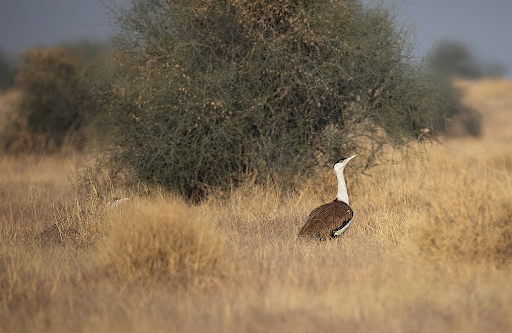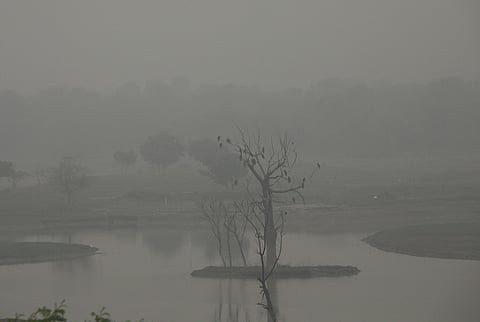




Source: PHYS.ORG
Disclaimer: Copyright infringement not intended.
A new mosquito species provisionally named the Pwani molecular form has been discovered in the coastal regions of Tanzania and Kenya.
This discovery is significant in the context of global malaria control efforts particularly in sub-Saharan Africa where malaria remains endemic.
|
Feature |
Details |
|
Belongs to |
Anopheles gambiae complex – a group of major malaria vectors |
|
Genetic Identity |
Shows clear genetic divergence from other known members of the complex |
|
Geographic Range |
Geographically restricted to coastal East Africa mainly Kenya and Tanzania |
|
Behavioral Traits |
Potential for distinct ecological or behavioural adaptations |
|
Insecticide Resistance |
Lacks known resistance genes—this could imply (a) greater susceptibility or (b) unknown resistance mechanisms |
Could reshape vector control strategies in the region due to its unique genetic and ecological traits.
Absence of common insecticide-resistance genes may offer a short-term advantage for current interventions:
Long-Lasting Insecticidal Nets
Indoor Residual Spraying
|
Aspect |
Details |
|
Biological Classification |
Kingdom: Animalia Phylum: Arthropoda Class: Insecta Order: Diptera Family: Culicidae |
|
Common Genera |
Anopheles: Malaria transmission Aedes: Dengue, Zika, Chikungunya Culex: Japanese Encephalitis, West Nile virus |
|
Breeding Habitat |
Stagnant water (clean or polluted) Water-filled containers, drains, swamps, rice fields |
|
Life Cycle |
Egg → Larva → Pupa → Adult (Complete metamorphosis) |
|
Feeding Behavior |
Only female mosquitoes feed on blood (required for egg development) Males feed on nectar |
|
Diseases Transmitted |
Anopheles: Malaria Aedes: Dengue, Zika, Yellow Fever, Chikungunya Culex: Filariasis, Encephalitis |
|
Control Methods |
Chemical: Insecticides (e.g., pyrethroids) Biological: Larvivorous fish, Bacterial larvicides Physical: Nets, eliminating breeding grounds |
|
Insecticide Resistance |
Growing concern due to overuse of chemicals; leads to ineffective vector control |
Sources:
|
PRACTICE QUESTION Q. With reference to the recently discovered Pwani molecular form consider the following statements:
Which of the statements given above is/are correct? A. 1 and 2 only Answer: B Statement 1 is correct: The Pwani molecular form belongs to the Anopheles gambiae complex. Statement 2 is incorrect: It is found in the coastal regions of Tanzania and Kenya not in the highlands of Ethiopia and Sudan. Statement 3 is correct: It lacks the usual genetic markers for insecticide resistance which has implications for malaria control strategies. |






© 2026 iasgyan. All right reserved